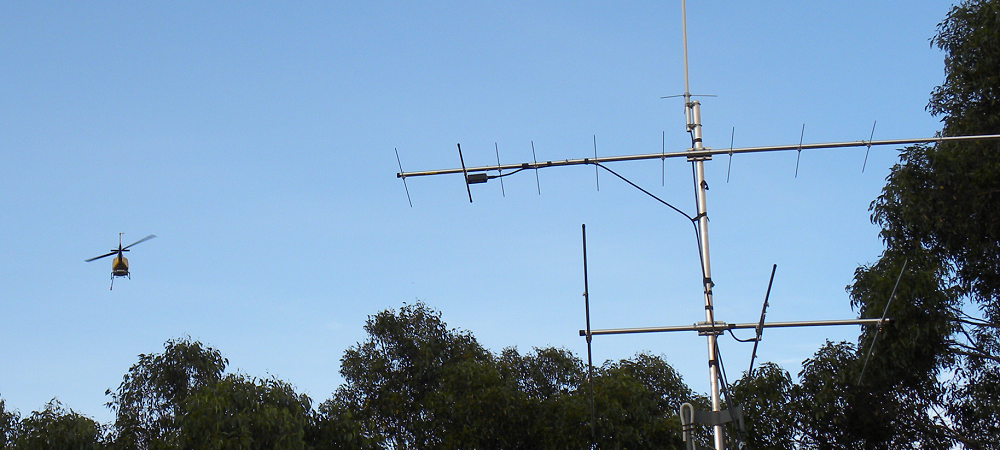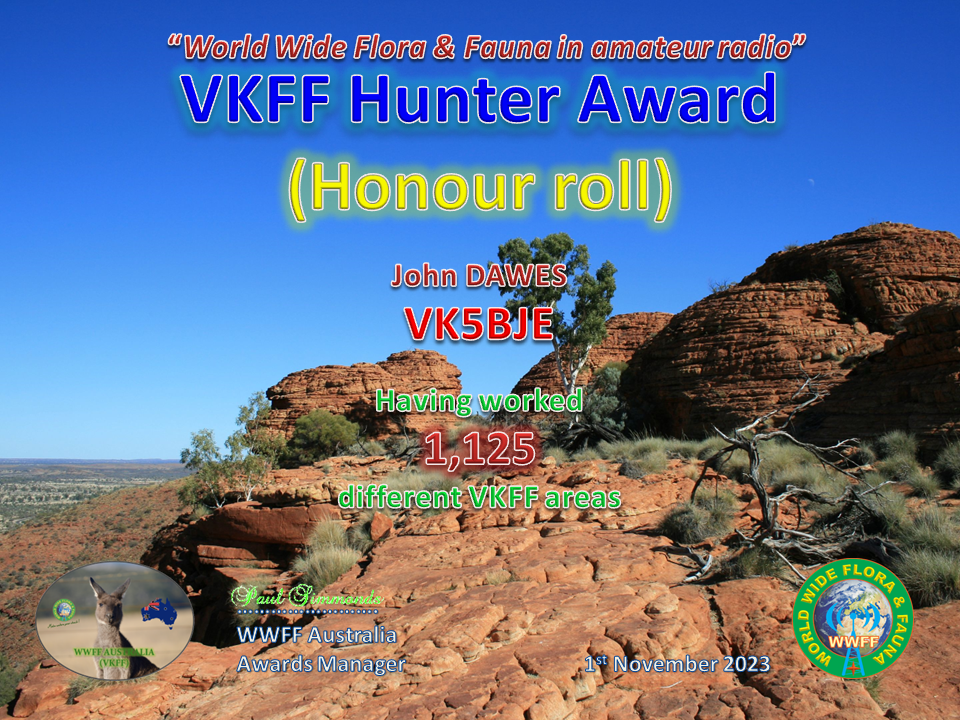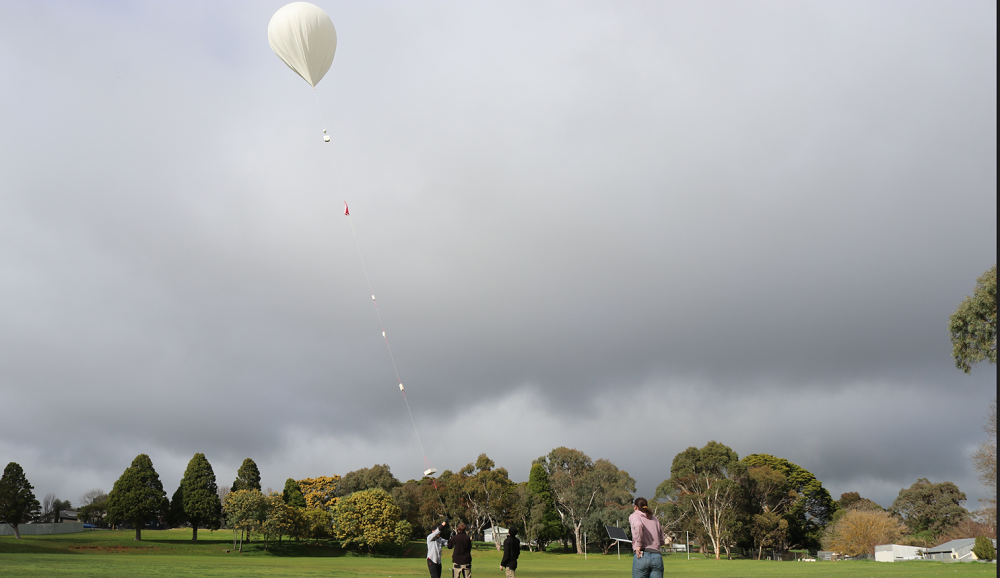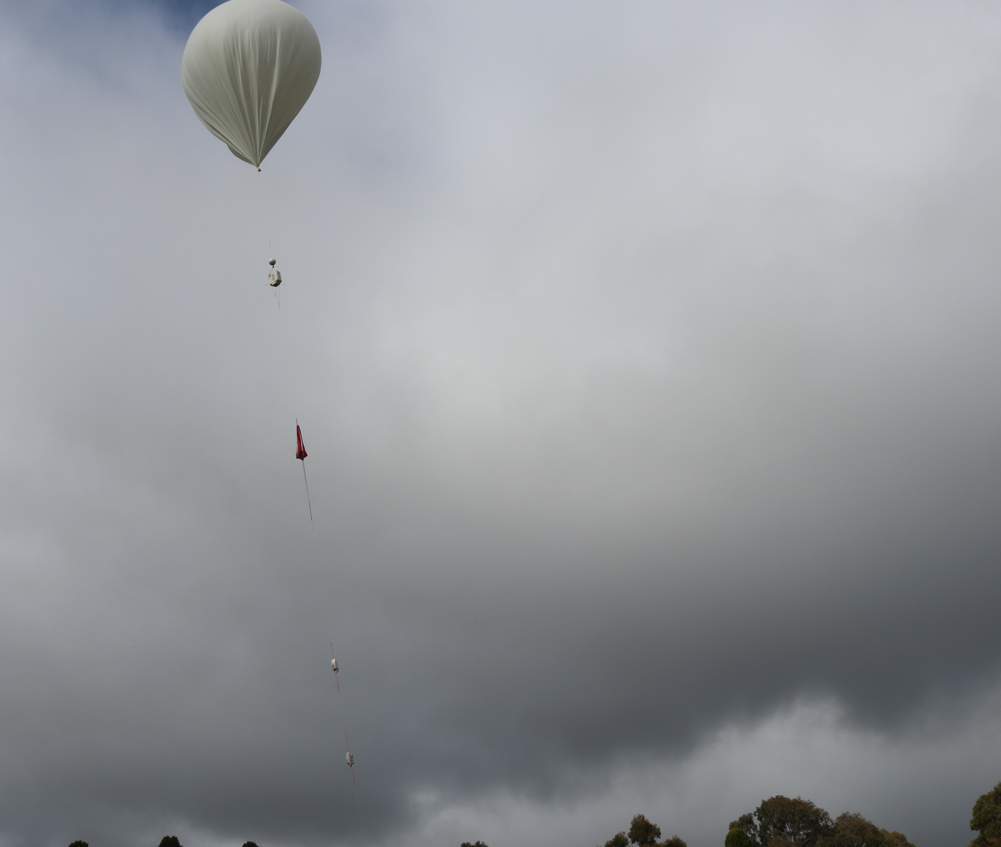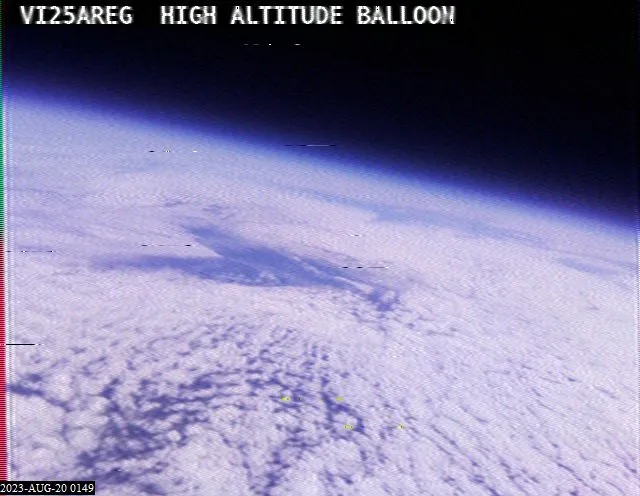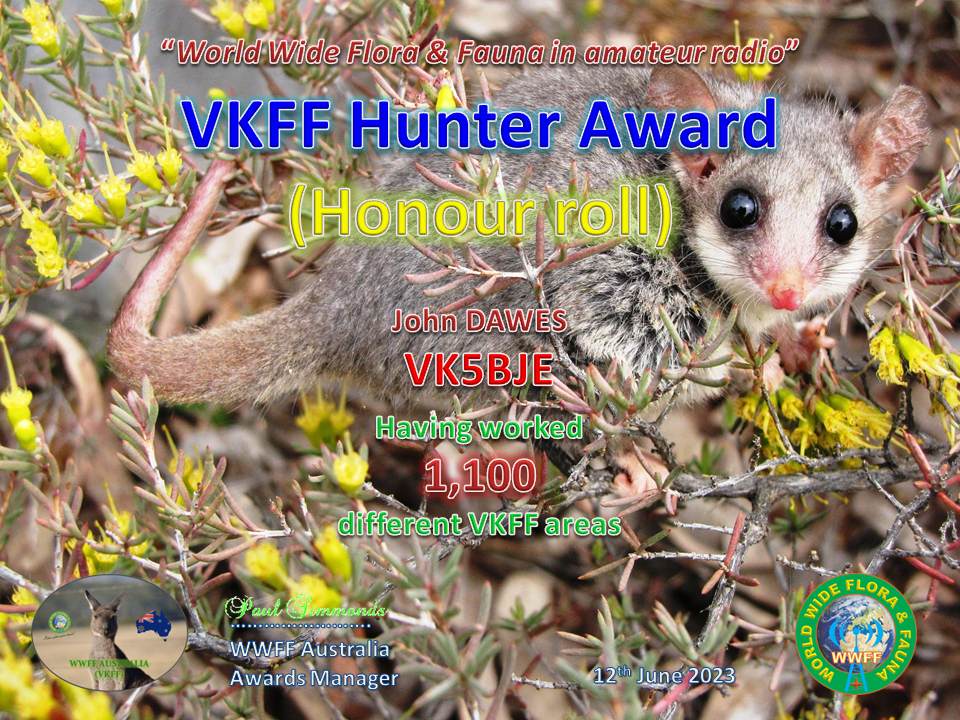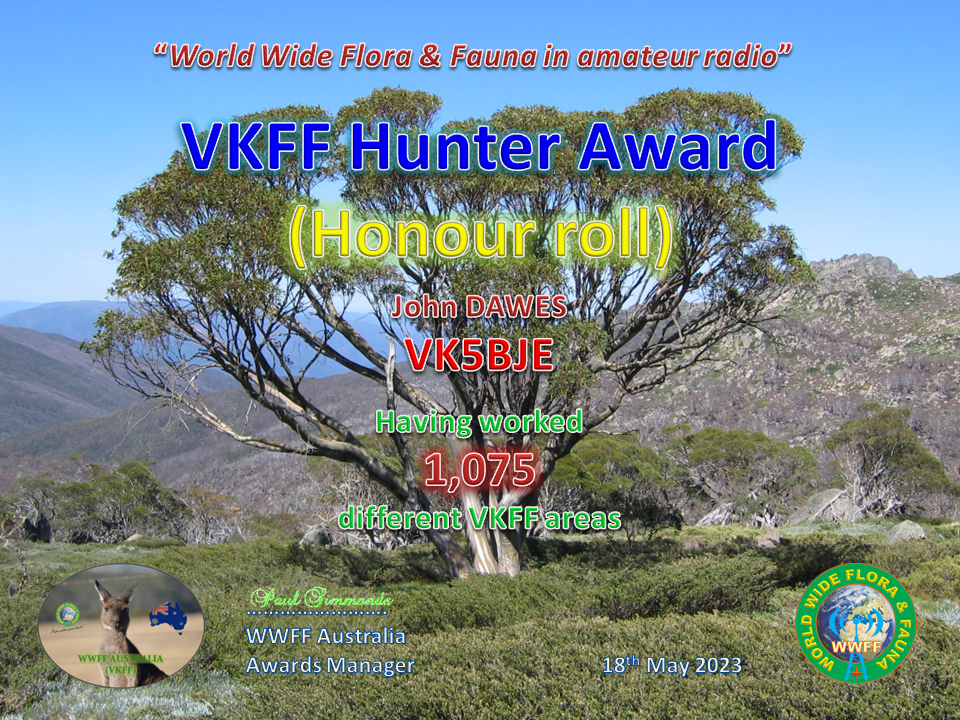At Scott Creek I had a reasonable station: not a ‘big gun’ but not a ‘little pistol’ either! We generated our power from the sun and storage, particularly in winter, could be challenging after two or three heavily overcast days. I did operate with 400 watts pep, when necessary, especially on 80 metres, when conditions were tough, as well as on the higher bands when chasing DX using ssb.
Over the 21 years we lived at Scott Creek I operated on all bands from 80 metres to 23 centimeters and had lots of fun.
My writing in this post focuses on the present, which has been nearly all consuming, but not quite as ideas about the future break through from time to time.
If you look at the photograph of me with the Amateur Radio Experimenters Group (AREG) in my November post you will see I look tired, almost ‘zombie-like’ and ‘worn out’. On the day before dismantling day I was told by a specialist physician that I have Parkinson’s disease. I have thought deeply about making this revelation public and was encouraged (indirectly) by two amateurs I know, the first, the President of AHARS, who shared his experiences with cancer with the club and second, an amateur friend of mine from the Riverland, remembering and commemorating his son’s life. Making such revelations in the past, even the recent past, was thought to be inappropriate behavior for males but common for women.
The diagnosis followed an awareness by me of some symptoms: a noticeable tremor in my right arm; loss of appetite and energy and some falls (even while in a park operating portable – see my post for January 2021 at Scott Creek Conservation Park). Attending a strength and balance class at Pilates was great but challenging.
A neurologist made the diagnosis after watching me walk, undertaking some motor skills tests which are highly indicative and an MRI scan. A second MRI scan is booked for October.
So I now join a world-wide group of people with this condition; Sir Billy Connolly, the Polish Pope, Pope John Paul II, people of status and ordinary folk. I was surprised how many well known people showed in the list I created from the internet. Parkinson’s Disease is a degenerative condition of the brain and nervous system. Muscles are affected. Speech can also be affected. I have started a medical regime and some of my symptoms have been dampened down. I am thankful my condition is late onset. I was 81 when the diagnosis was made. Many of the people on the list discussed their symptoms and factors leading to a diagnosis, and for Billy Connolly, a mate, a medical doctor, noticed his gait and suggested he get it checked out.


